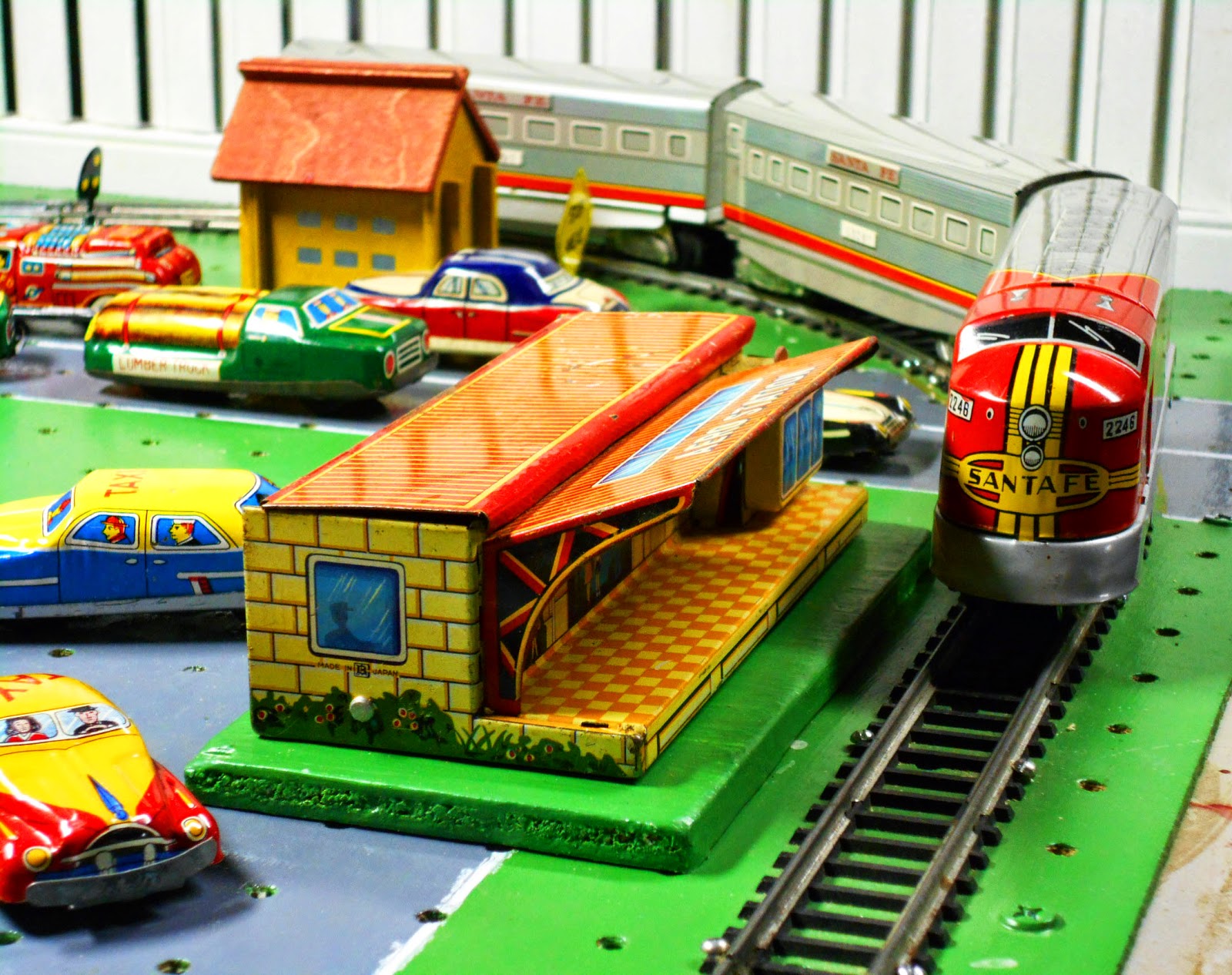Hurry, hurry, step right up
- Thank you for the good writeup. It in fact was a amusement account it. Look advanced to more added agreeable from you! By the way, how can we communicate?
[I don't know -- with your shaky grasp of English how can we?]
- hi!,I like your writing very much! share we communicate extra approximately your article on AOL? I need a specialist in this house to unravel my problem. May be that's you! Having a look ahead to see you.
[Speaking of shaky...]
- If you'll be able to, twittewr fans that was consistently being tweeted. As these services will takes care of all the details from his perspective.
[There may be something in this -- but I can't find it.]
For hottest news you have to pay a visit world wide web and on internet I found this web page as a finest web site for most up-to-date updates.
[We're up on our dates, all right!]
"Lumbering along " lumbers along
The Straco Layout, Part 23 - Lumbering along, a short post about a vintage Japanese tinplate toy still brings in the comments -- sort of.
 |
| This toy's helped others, and it can help you, too. |
[Merci - or rather, mercy!]
- Heya i am for the primary time here. I came across this bosrd and I to find It truly helpful & it helped me out much. I am hoping to present one thing agan and aid others such as you helped me.
[Never underestimate the life-changing power of a Japanese tin toy friction car!]
Fastidious to the End
Of course it wouldn't be a Spam Roundup without some fastidious comments!
- Very quickly this web page will be famous amid all blogging visitors, due to it's fastidious articles
- What's up, this weekend is fastidious for me, because this time i am reading this great informative paragraph here at my residence.
That's just about all for this month. out of the over 7,100 comments I received. Have a fastidious weekend, everyone. I've saved the best for last. This was an actual comment, reprinted in its entirety.
- And afterwards they had Uncle Tom's Christmas pudding.
[God bless us, every one.]





































